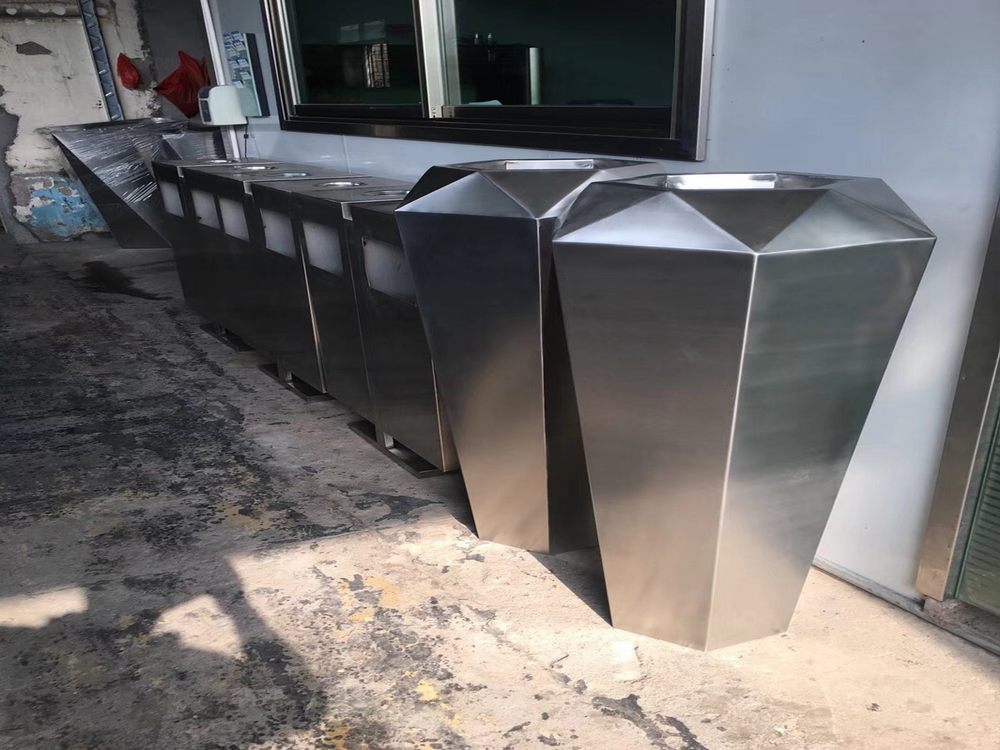
The reproduction of a deceased artist’s bronze sculpture raises complex ethical questions that intertwine legal, moral, and artistic concerns. At the heart of the debate is whether posthumous reproductions honor the artist’s legacy or undermine their original intent.
1. Respecting Artistic Intent
A primary ethical consideration is whether the reproduction aligns with the artist’s known wishes. If the artist explicitly opposed replication, producing posthumous works could violate their creative vision. Conversely, if the artist’s estate or foundation approves, it may be seen as preserving their legacy.
2. Legal and Ownership Rights
Copyright laws vary by jurisdiction, but typically, an artist’s estate retains control over reproductions for decades after death. Unauthorized reproductions risk legal action and damage to the artist’s reputation. Ethical reproduction requires clear permissions from rightful heirs or custodians.
3. Authenticity and Market Impact
Posthumous reproductions can dilute the value of original works, misleading collectors and distorting the art market. Transparency about the reproduction process and limited editions can mitigate these risks, maintaining trust in the artist’s oeuvre.
4. Cultural and Historical Responsibility
Reproducing a bronze sculpture also carries a duty to preserve cultural heritage. Ethical reproductions should adhere to the original techniques and materials, ensuring historical accuracy while avoiding commercialization that cheapens the artist’s contribution.
5. Moral Obligations to the Artist’s Legacy
Beyond legality, there’s a moral imperative to consider how reproductions affect the artist’s posthumous reputation. Collaborating with scholars or institutions can ensure reproductions serve educational or commemorative purposes rather than mere profit.
In conclusion, posthumous bronze sculpture reproduction demands a balance between honoring the artist’s vision and addressing practical and ethical challenges. Clear guidelines, respect for intent, and collaboration with stakeholders are essential to navigate this delicate terrain.

